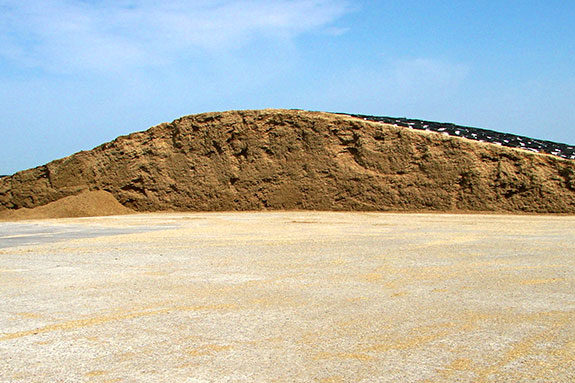At the very least, you can take control by following these silage packing safety precautions, no exceptions – every time.
This is a safe and very well managed drive-over pile. It has about a 1 to 3.5 slope and a 12-foot height. This means that for every vertical foot, there is at least three feet of horizontal on the back, front, and each side.
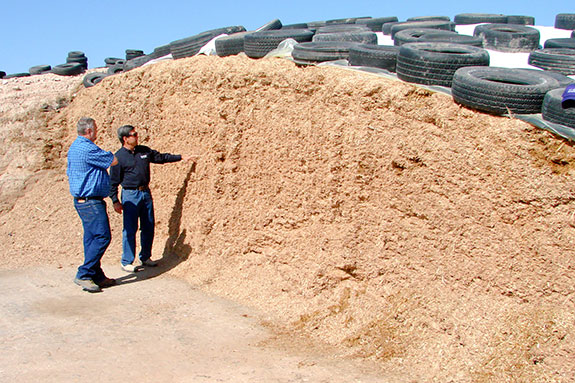
Although this bunker silo is only 11-foot in height, it’s still not a good idea to stand close to the feedout face. A rule-of-thumb is never stand closer to the silage face than three times its height.
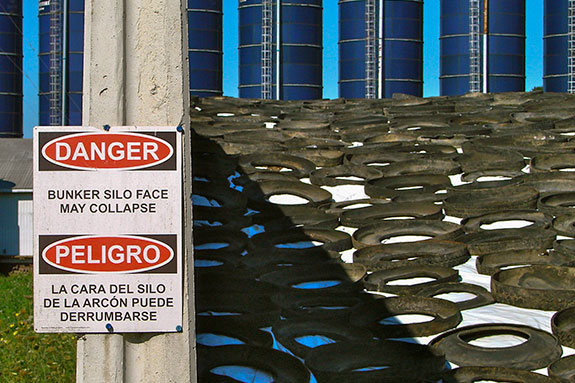
A warning sign like this one should be posted near every bunker silo and silage pile!
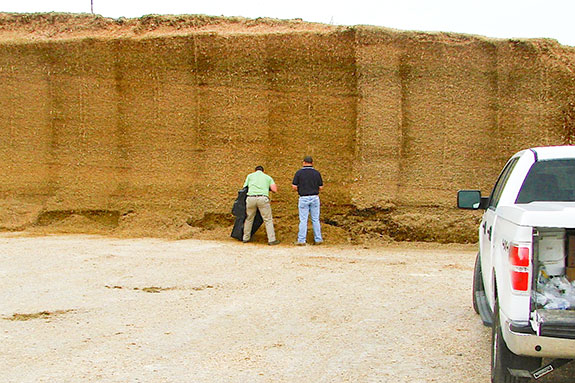
These two people are taking a huge risk by standing next to the feedout face. A silage avalanche can occur at anytime.
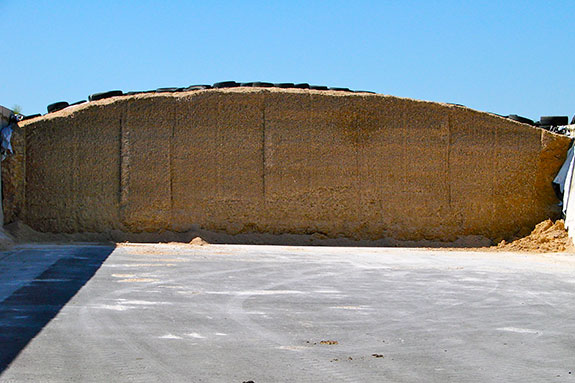
This bunker silo has 11-foot walls and was filled to a maximum height of 13 feet. Although it appears safe, no one should stand closer than 30 feet from the face.
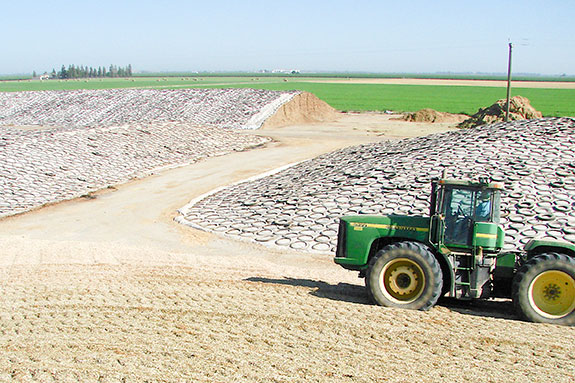
This dairy’s drive-over piles are safe and efficient. None of the piles exceed a slope of 1 to 3. This means that for every vertical foot, there is at least three feet of horizontal on the back, front, and each side.
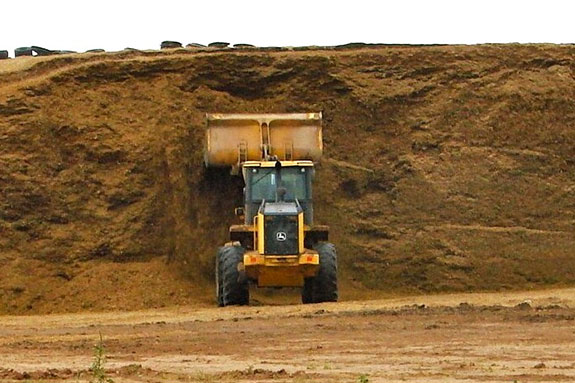
This dairy over-filled its bunker silo and the unloading equipment cannot reach the top of the silage. The payloader operator will have to undercut the silage to remove it – putting him and anyone on this dairy at extreme risk for silage avalanches. A feedout face of this height cannot be managed safely.
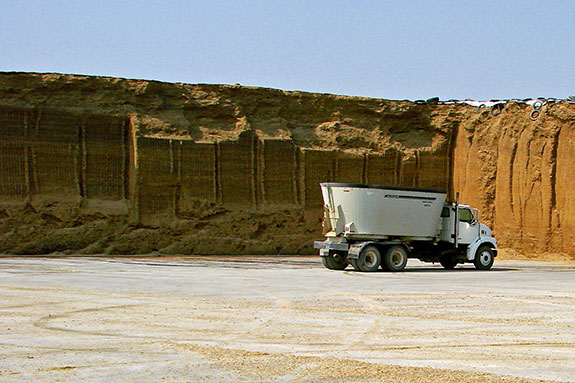
The bunker silo in this photo is too tall. As you can see, it towers over the feeding equipment. This silage feedout face is extremely dangerous. A silage avalanche could occur at any time and bury the feeding truck in the photo.
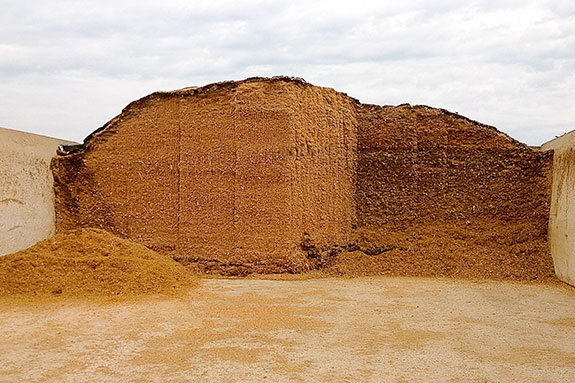
This bunker silo was over-filled and the silage towers are too high above the walls. In addition to being filled too high, the feeding face is not being managed properly.
An average removal rate of 6 to 12 inches from the ‘face’ per day is a common recommendation; however, during periods of warm weather, a removal rate of 18 inches or more might be necessary to prevent aerobic spoilage. Managing the feedout face properly can reduce shrink by 1 to 5 percentage points alone.
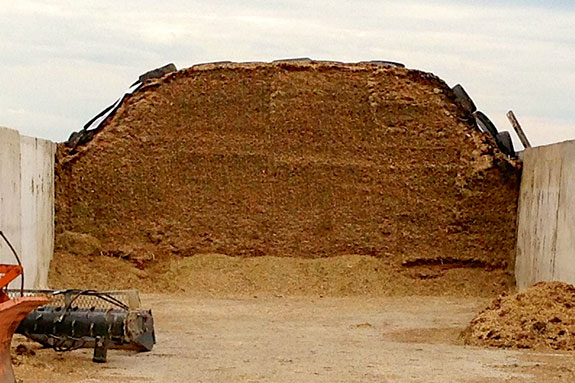
This bunker silo was over-filled and the silage towers too high above the walls. Significant amounts of silage will be lost to surface spoilage.
Click here to read more about silage safety issues.
PHOTOS
Photos courtesy of Silostop and Ruthie and Keith Bolsen.
